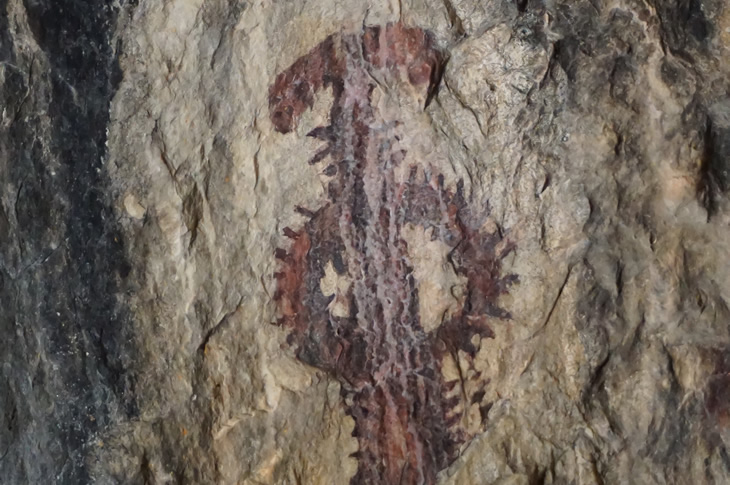Cave paintings in Murcia: A World Heritage tour
A cultural trail through inland Murcia’s main cave sites
In the heart of the Region of Murcia—amid ravines, river canyons, and mountain ranges—some of humanity’s oldest artistic expressions can still be found today. Located in caves and rock shelters, they depict the daily and symbolic life of prehistoric communities. Since 1998, these sites have formed part of the Rock Art of the Mediterranean Basin on the Iberian Peninsula UNESCO World Heritage Site; in 2010, they were also listed on the Council of Europe’s Cultural Route. This outstanding cultural attraction is made up of dozens of accessible sites, archaeological museums, and interpretation centers. The main cave sites in Murcia can be found in the upper Segura River valley and inland mountain ranges, with a host of examples representing the three major rock-art styles of Recent Prehistory, a period that runs from the early Mesolithic to the end of the Bronze Age. The styles depicted here—Levantine, Macroschematic, and Schematic—offer a distinctive perspective on prehistoric art, setting this area apart from other regions in the Iberian Peninsula. Some of the most noteworthy sites include the El Milano rock shelter (Mula), the El Pozo rock shelters (Calasparra), the Barranco de los Grajos ravine, and the Sima de la Serreta cave (Cieza), as well as the Monte Arabí complex (Yecla).

With a growing support infrastructure, centers such as the Siyasa Museum, the Casa de Cristo Rock-Art Centre, and the Jumilla Archaeological Museum all provide valuable context for visitors. Moreover, sites like the El Pozo rock shelters offer full accessibility—the entire tour can be explored on a five-day trail linking Mula, Moratalla, Calasparra, Cieza, Jumilla, and Yecla, in a blend of heritage, landscapes, and rural experiences.

